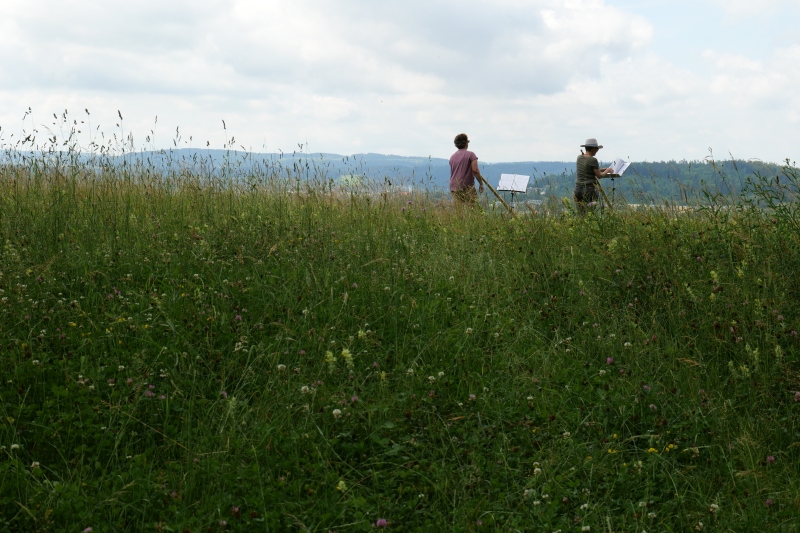An essential feature of being human is our ability to sense danger and shift our focus to where that danger might be.
It’s easily observed. Something suddenly moves into sight, a noise appears, we smell something new, we feel something touching us, we notice a sudden loss of balance, or we hear words that trigger us.
In such situations, we’ll also notice that all the other senses moved into the background if they even remain accessible in that instant. And if we try it consciously, we’ll notice that we can only focus on one of them.
What we’ll do naturally is move from one to the other.
That is if we are aware of the possibility of changing our focus and using these channels consciously. Some of these channels are less natural to us than others and we might have become confused about how to use them.
When asking people to pay attention, for example, to their knee or hand during a movement, many will start by trying to see where they are. They have no clear sensation as to where their body is in space or how to feel individual parts of their body.
Playing golf, I’ll find myself continuously confronted with these questions. There will be many occasions when I imagine I’m doing a movement to discover how the reality of how my body is moving is far away from my imagination. The other challenge I’ll experience is my inability to stick to one thing throughout the swing, I’ll notice that there are parts of the swing where I won’t know exactly where the clubface is even if I try to stay focused on it. Well, both can be trained.
But how is this relevant in leadership or when connecting with others?
It’s all about self-awareness. Our ability to be aware of ourselves and thus have a good representation of our body in varying situations is essential to knowing ourselves. This knowledge also assists us in noticing how a new situation impacts us.
It’s how connecting with others is transformed by making it easier to “see” the other and his impact on us. It’s also how it becomes easier to focus on being present to the other.
Thinking about the other is making sense of them. Being present is independent of thinking. Actually, thinking disconnects us from the other. Naturally, this isn’t an invitation to stop thinking, it can help us understand something that helps us see the other better. However, it is useful to be able to let it go to come back to being present and see the other in his being.


